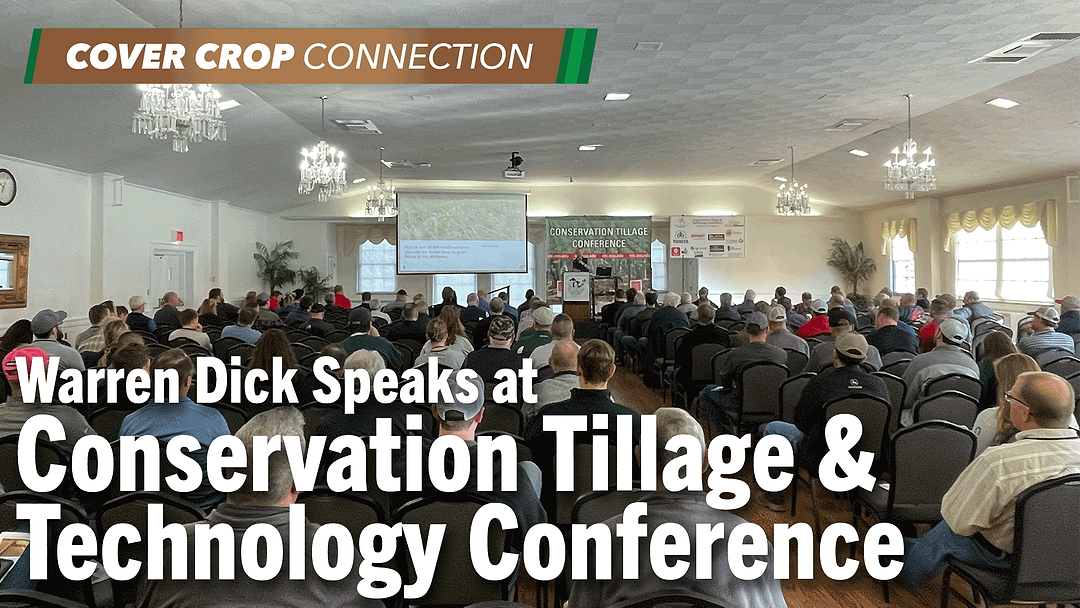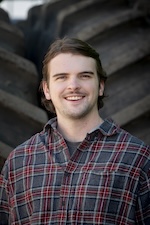Last week I had the chance to attend Randall Reeder’s Conservation Tillage & Technology Conference in Ada, Ohio. The event included a star-studded lineup of speakers who touched on no-till, cover crops and all things conservation. I had a chance to chat with retired professor and soil health scientist Warren Dick about his presentation, the conference as a whole and his contribution to no-till’s rich history.
“No-Tillage is not so much about just building carbon in the soil, it's about building resilience in your system. As climate changes we get more extreme events. That carbon that we build into our soil helps infiltrate water during heavy rainfall events or helps store water during drought. I think the long-term no-tillage, where it shines, is the resiliency it provides to the cropping system.”
“I love coming here because you get the farmers here, you get the educators here, you get the extension people here. We are all talking together, learning from each other. What happens in the field, the farmer says well this is what I saw last year and then we can take that into our research program and then what we learn in our research program comes back to the farm so it’s just a great integration of people.”
“We claim we are the longest continuous no-till plots in the world. Kentucky and a few others will kind of argue with us. But they started in 1962 so 2024 makes us 62 years now. It started with the pioneers, Dr. Glover Triplett and Dr. Van Doren and when they retired I took them over for 30+ years until I retired, but they have been such a wonderful outdoor laboratory about what happens when you continue to do no-tillage compared to where you do inversion tillage or plow tillage and they have measured those plots, so many people have come to measure those plots, we’ve given numerous workshops or field tours so they have just been a wonderful resource for Ohio.”
Stay tuned in the coming weeks for lots more content from the Conservation Tillage & Technology Conference.






Post a comment
Report Abusive Comment